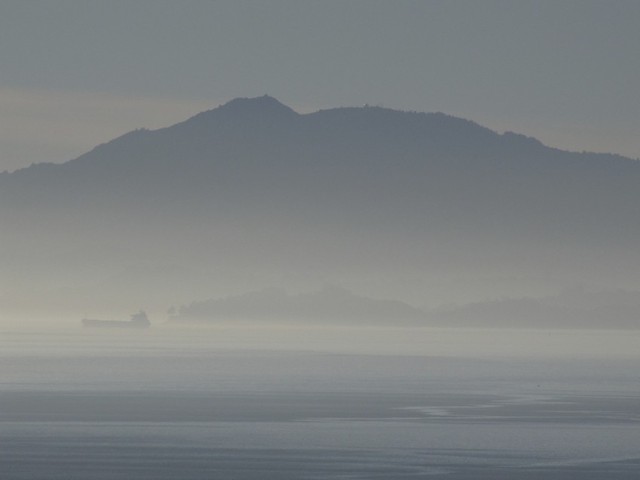
The federal Environmental Protection Agency is holding a hearing in Sacramento on Monday, Feb. 2, to hear public comment on new smog rules the Obama Administration says could prevent tens of thousands of asthma attacks and hundreds of premature deaths from air pollution.
The hearing is one of just three across the nation where the EPA will listen to input on a new proposal to reduce ozone from sources like diesel trucks, tractors, and oil refineries. The new standard would be 65-70 parts per billion (ppb), compared to today’s standard of 75 ppb.
Certain areas of California register some of the worst ozone pollution in the nation.
“Living in the Central Valley, it’s dangerous to your health. You take risks by living here,” says Rosanna Esparza, of Bakersfield, an environmental activist with Clean Water Action. “The standards as they are don’t protect us. Those are minimal.”
The San Joaquin Valley is still struggling to meet the current ozone standard, set in 2008, and an even older standard of 84 ppb from 1997. The San Joaquin Valley Air District says it would take a miracle to meet the new standard; they say it would mean people all over the valley would have to swap out their cars and diesel trucks for zero-emission vehicles.
